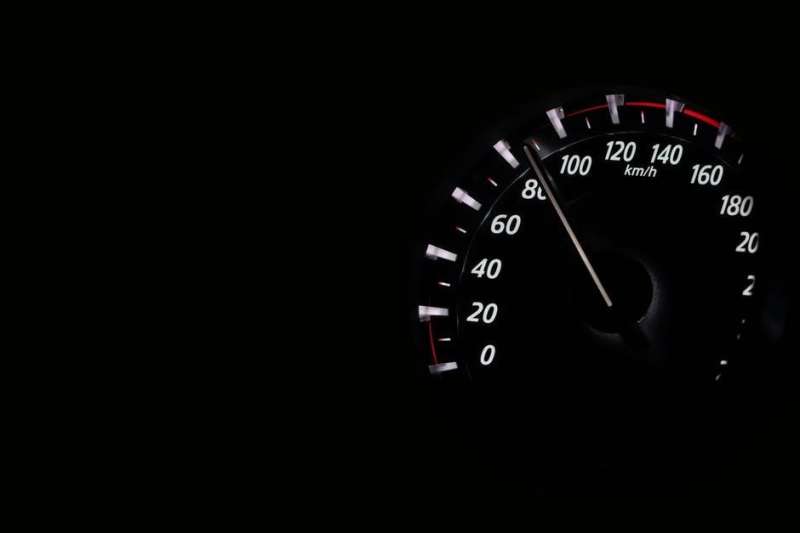March 15, 2018 feature
Quantum speed limits are not actually quantum

Quantum mechanics has fundamental speed limits—upper bounds on the rate at which quantum systems can evolve. However, two groups working independently have published papers showing for the first time that quantum speed limits have a classical counterpart: classical speed limits. The results are surprising, as previous research has suggested that quantum speed limits are purely quantum in nature and vanish for classical systems.
Both groups—one consisting of Brendan Shanahan and Adolfo del Campo at the University of Massachusetts along with Aurelia Chenu and Norman Margolus at MIT, the other composed of Manaka Okuyama of the Tokyo Institute of Technology and Masayuki Ohzeki at Tohoku University—have published papers on classical speed limits in Physical Review Letters.
Over the past several decades, physicists have been investigating quantum speed limits, which determine the minimum time for a given process to occur in terms of the energy fluctuations of the process. A quantum speed limit can then be thought as a time-energy uncertainty relation. Although this concept is similar to Heisenberg's uncertainty principle, which relates position and momentum uncertainties, time is treated differently in quantum mechanics (as a parameter rather than an observable).
Still, the similarities between the two relations, along with the fact that Heisenberg's uncertainty principle is a strictly quantum phenomenon, have long suggested that quantum speed limits are likewise strictly quantum and have no classical counterpart. The only known limitation on the speed of classical systems is that objects may not travel faster than the speed of light due to special relativity, but this is unrelated to the energy-time relation in quantum speed limits.
The new papers show that speed limits based on a trade-off between energy and time do exist for classical systems, and in fact, that there are infinitely many of these classical speed limits. The results demonstrate that quantum speed limits are not based on any underlying quantum phenomena, but instead are a universal property of the description of any physical process, whether quantum or classical.
"It is really the notion of information and distinguishability that unifies speed limits in both the classical and quantum domains," del Campo told Phys.org.
As quantum speed limits have potential applications for understanding the ultimate limits of quantum computing, the new results may help to determine which scenarios may benefit from a quantum speedup compared to classical methods.
"Quantum speed limits have many applications, ranging from metrology to quantum computation," del Campo said. "It is exciting to imagine the implications of the classical speed limits we have derived."
More information: B. Shanahan, A. Chenu, N. Margolus, and A. del Campo. "Quantum Speed Limits across the Quantum-to-Classical Transition." Physical Review Letters. DOI: 10.1103/PhysRevLett.120.070401. Also at arXiv:1710.07335 [quant-ph]
Manaka Okuyama and Masayuki Ohzeki. "Quantum Speed Limit is Not Quantum." Physical Review Letters. DOI: 10.1103/PhysRevLett.120.070402. Also at arXiv:1710.03498 [quant-ph]
Journal information: Physical Review Letters
© 2018 Phys.org




















